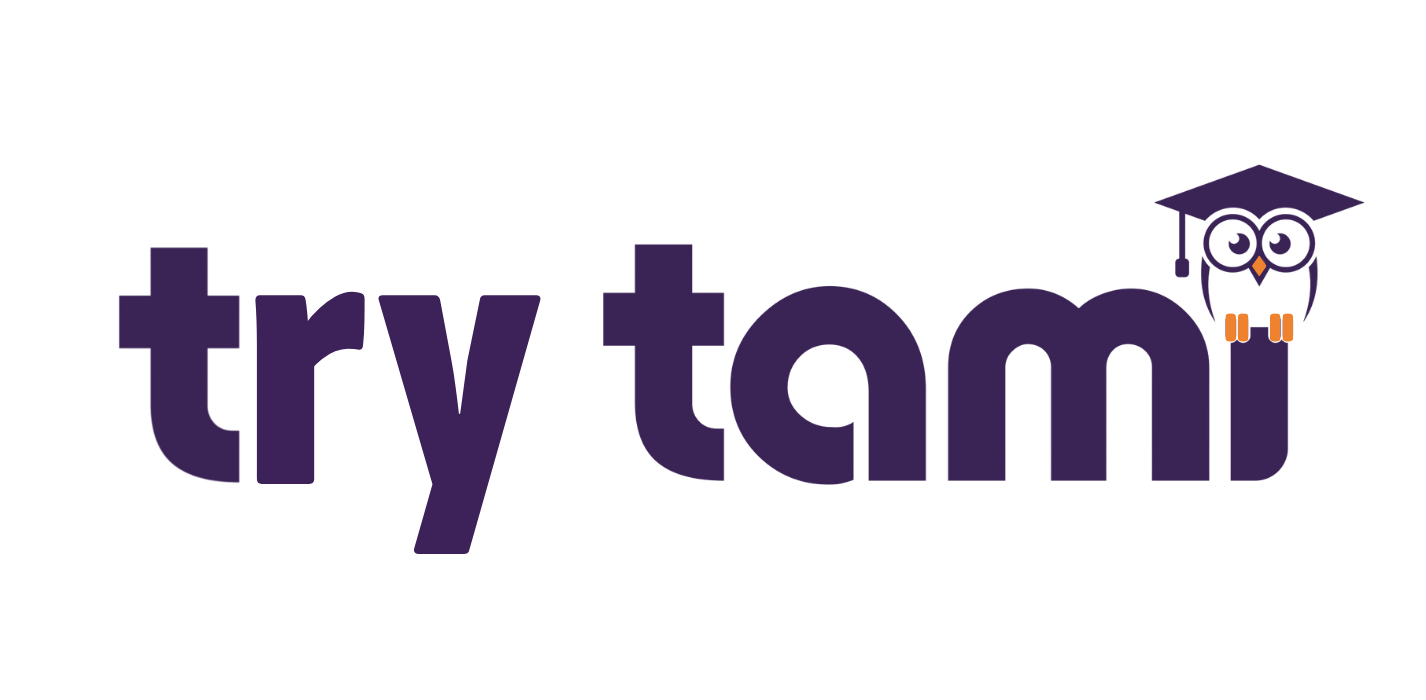
Learn AI & Tech every Tuesday with TryTami
👋 Welcome to TryTami’s weekly newsletter, for busy professionals and business leaders interested in learning about AI and keeping up with the latest technologies.
If you’re concerned about skill gaps heading into 2026, create a custom course and schedule live expert training via TryTami’s upskilling marketplace.
Get free access by requesting a demo:
AI Spending Driving U.S. Economy
The U.S. economy has become dependent on AI spending, the Wall Street Journal reports.
Surging AI investment by companies may have contributed up to half of the inflation-adjusted GDP growth in the first half of 2025.
Just four companies (Microsoft, Amazon, Alphabet, and Meta) will spend $344 billion on capital expenditures this year (about 1.1% of GDP), up from $228 billion last year.

AI investment is increasingly driving growth in the U.S.
Over the long term, there is hope that AI will boost growth by increasing worker productivity, but so far the impact has been modest (keep reading).
The economy’s dependence on AI carries risks. Stock price-to-earnings ratios are near record highs. If optimistic profit forecasts prove incorrect, share prices could decline, and investment might slow.
Without AI investment, the economy is in tough shape.
“It’s the only source of investment right now,” said Stephen Juneau, an economist at Bank of America.
MIT says 95% of generative AI pilots are failing
This is the number that gets everyone’s attention. According to MIT, 95% of generative AI pilots are seeing no return on investment.
This means that despite $30 to 40 billion in enterprise investment into GenAI, only 5 percent of generative AI pilots deliver tangible business results.
Tools like ChatGPT and Copilot are widely adopted. Over 80 percent of organizations have explored or piloted them, and nearly 40 percent have deployed them. But these tools primarily enhance individual productivity rather than P&L performance.
Across industries, MIT found:
Over 80 percent of companies explored or piloted tools like ChatGPT or Copilot
Nearly 40 percent report some level of deployment of these general tools
Only 20 percent of organizations reached the pilot stage for enterprise systems
Just 5 percent of those custom tools reached production at scale
Only 2 of 8 major sectors show meaningful structural change from GenAI so far (Tech and Media)

Tech and Media lead other industries in GenAI adoption
Why are AI pilots failing?
The main reason companies are failing is that they are using AI tools that don't learn, integrate poorly, or don't align with workflows. Users prefer ChatGPT for simple tasks but switch to other solutions for mission-critical work.
Simply put, people trust AI for quick tasks but not complex work, and are unwilling to adopt new tools.

Why GenAI pilots fail, according to MIT
Most enterprise AI tools don’t learn from feedback, retain context, integrate cleanly into workflows, or improve over time.
Even when building their own GenAI tools, they only succeed 33 percent of the time, while external partnerships with customized tools succeed 67 percent of the time.
The tools that do succeed embed directly into a single workflow, require low configuration, improve from real-world feedback, handle edge cases gracefully, plug into existing systems, and keep clear data boundaries
Some employees using personal ChatGPT accounts often achieve better results than those using their company-approved tools. This leads to shadow AI use.
So generative AI is changing how work gets done. It is just happening through personal tools, not enterprise rollouts (yet).
AI skill gap is a major bottleneck
A similar study by Wharton highlights that one of the biggest challenges remains addressing the AI skill gap.
Organizations are divided on how to build Gen AI fluency, with more than half of decision-makers relying on internal training or hands-on learning, while 40% are turning to new hires or consultants.
However, shrinking training budgets and limited hiring pipelines mean neither approach is fully supported:
Almost half of leaders report “skill atrophy” on AI in their organizations
Leaders expect AI budgets to increase, but are worried their teams cannot keep up
Many companies still lack a consistent approach to AI literacy and training
Skill atrophy on AI means:
Teams are unsure which workflows to target with AI
Pilots rely on a few internal “AI champions"
Managers are uncertain how to manage AI workflows
Confusion about measuring ROI
People lack confidence in using tools for real work
This is why generative AI training and courses are becoming critical, not just “nice to have.”

Strategies for rolling out GenAI according to Wharton
Offering effective Generative AI training programs for current employees is the top strategy for deploying GenAI, but it also remains a major challenge.
Customize a Generative AI course for your team
If you see an AI skills gap within your team or org, TryTami can enable you to deliver effective Generative AI training and upskilling programs.
With TryTami, you can:
Design custom generative AI training courses and programs
Choose from vetted generative AI instructors
Schedule and coordinate training sessions
Automate training logistics to move fast
If you want help building your company’s generative AI training roadmap for 2026, request a demo of TryTami:
Until next Tuesday,
Kelby, Dean, & Dave


